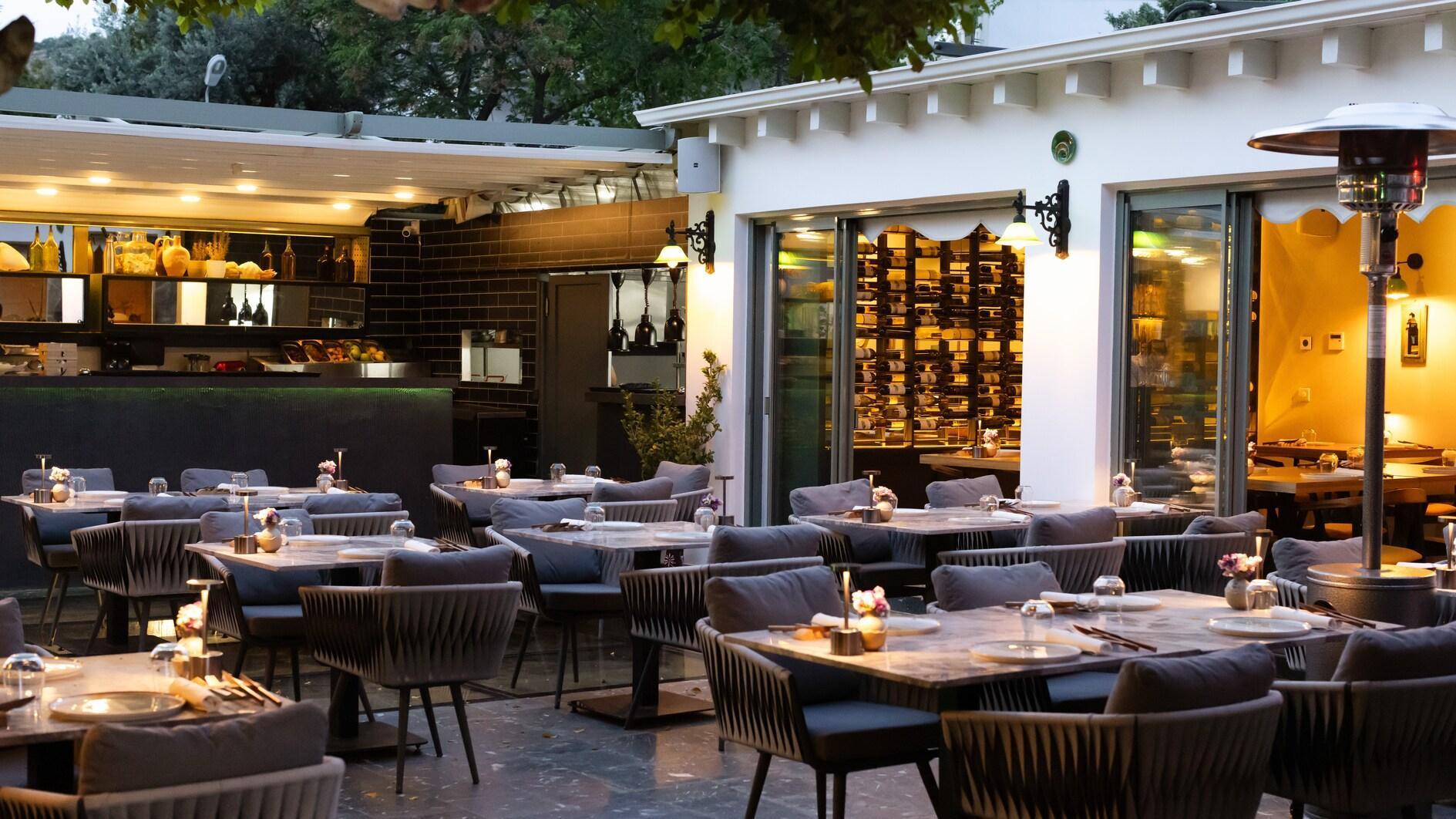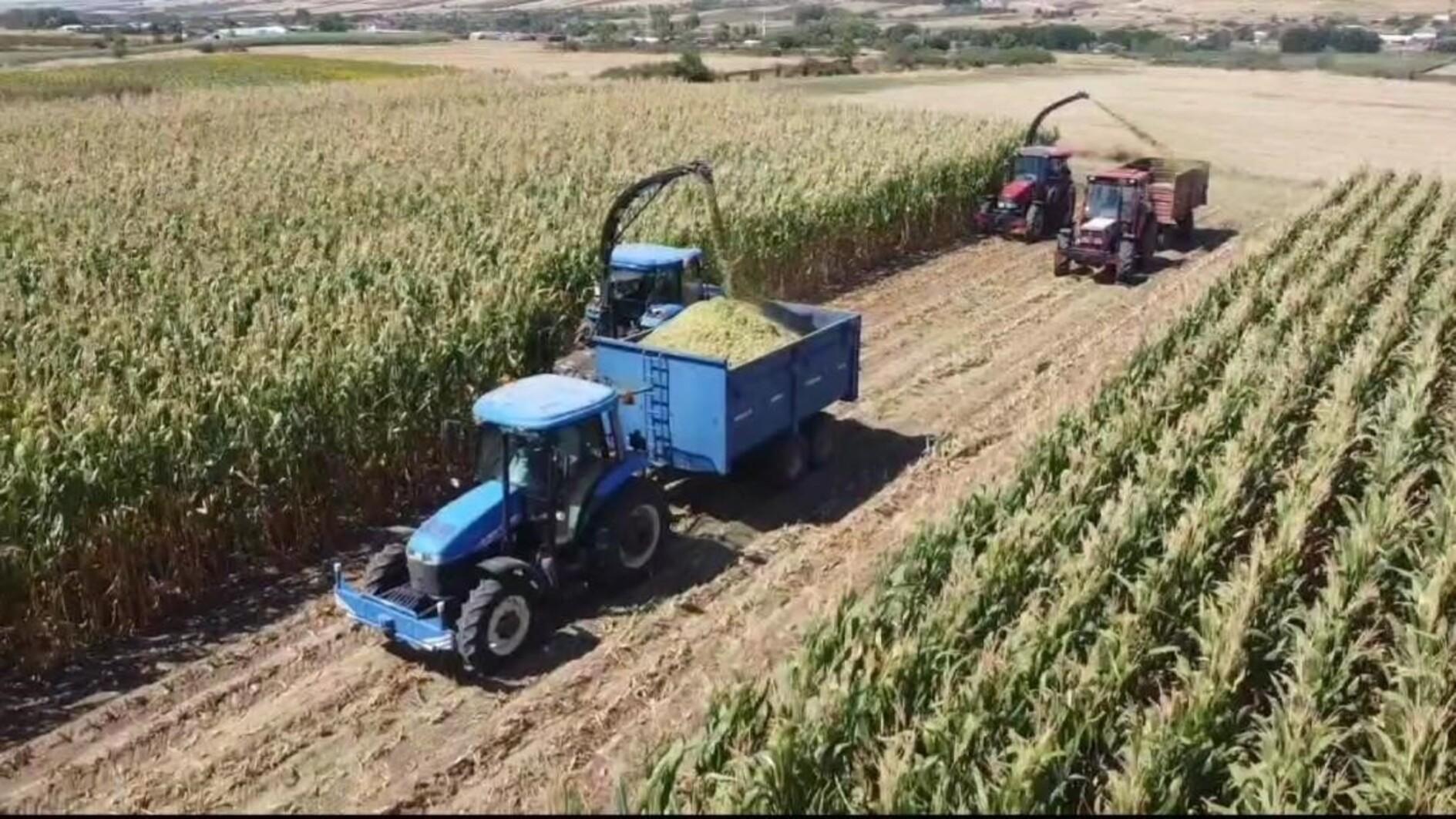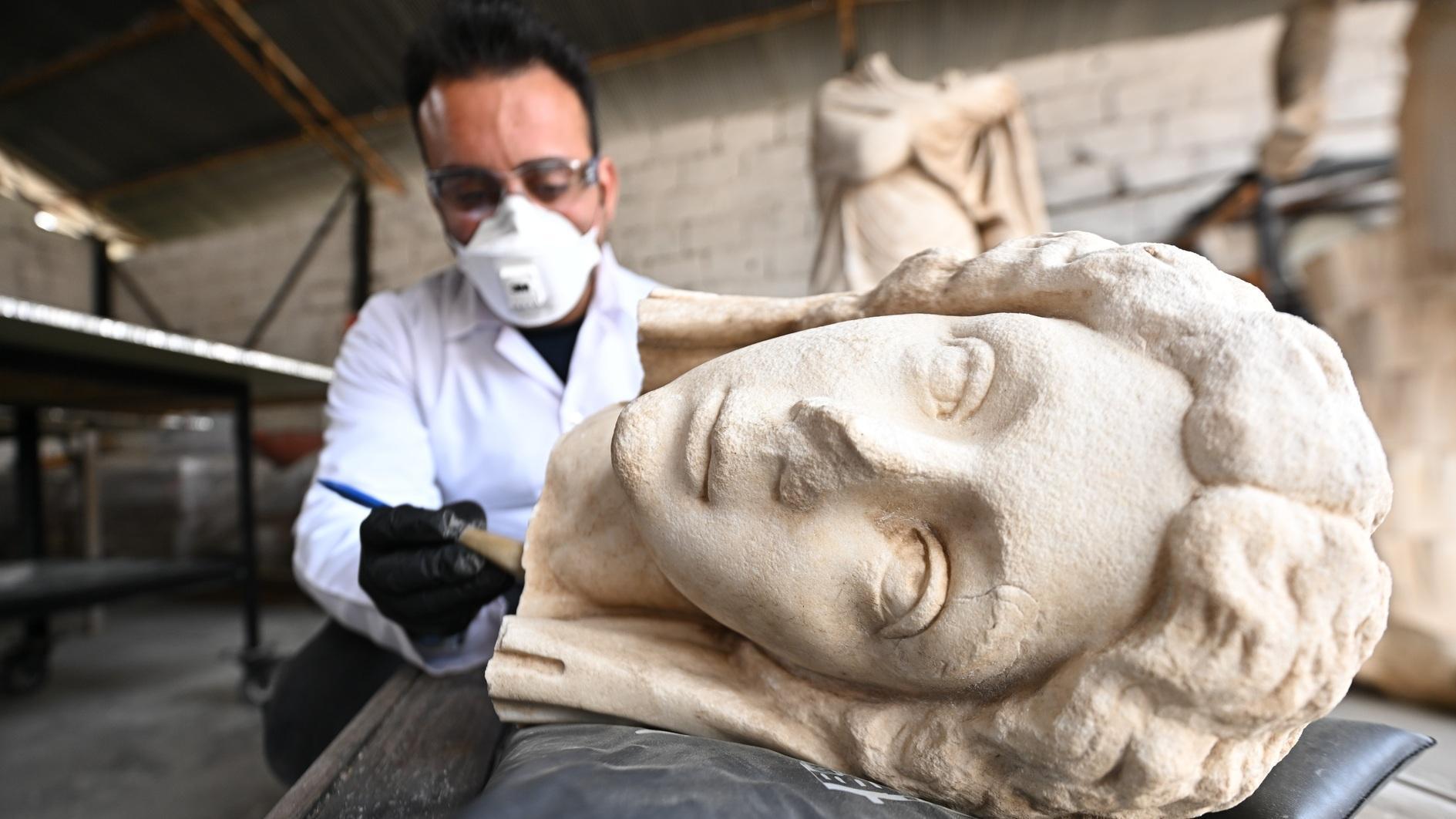We eat whatever comes out of the ‘sea’
EBRU ERKE

Located in the courtyard of the Kocadon Hotel in Bodrum, the MYK Denizden Restaurant by Chef Mehmet Yalçınkaya is open all year round. The meticulous attention to detail by Chef Mehmet is evident in every aspect of the restaurant. I still remember the delectable dry aged fish and soft-shell blue crabs served there.
"We used kilograms of fish to achieve the ideal result," he says me confidently, pointing to the dry aging fridge right behind us, coated in Himalayan salt and maintained at a consistent humidity and cold temperature. Next, he selects a large sea bass for me and takes it to the kitchen. After filleting and cutting it into pieces, he returns with a miniature tabletop BBQ. In the meantime, the fish's head and skin are oven-cooked with a drizzle of oil. He serves the cooked fish pieces after a short cooking time. The fish is accompanied by its flavorful head with plump cheeks and its crispy skin, along with complementary sauces.
While the dry aging process is widely used on beef, its application on fish is relatively new in our country. This means that we do not have enough know-how to get the best outcomes from the fish in our waters. Put another way, we cover distance through trial and error. Obviously, this means effort and money. I must have stumbled across the "error" portion on my initial try, and because I smelled a horrible, even overpowering, odor, I was hesitant to employ this procedure with fish.
Another thing to consider is that, unlike beef, fish cannot be stored in a dry ager for days or months. The best results are obtained when fish weighing 2 kilograms are kept for an average of five days, and fish weighing 3 kilograms and above are kept for seven days or longer. Fish must be sold on the day of optimal maturity. Sometimes, even if you miss the deadline by one day, you should not sell the fish. The fish that have achieved maturity but have not yet been sold are used in meals cooked for the staff.
As for my dry-aged sea bass, I would like to use my knowledge of food engineering to explain its taste. Proteins are produced by combination of long chains of amino acids. During the waiting period in the dry agers, the enzymes naturally present in fish break down the amino acid chains, and in the meantime, natural umami flavors such as glutamic acid and inosinic acid develop. In a nutshell, I experienced a richer and more flavorful fish, both in texture and taste. When the skin of the well-dried fish was baked with oil, it turned into a wonderful snack that was almost as crispy as chips.
Another highlight on the menu was the soft-shell blue crab. This soft-shell issue is not widely known or understood in our country. The blue crab, scientifically known as Callinectes sapidus, is most usually found along the western shores of the Atlantic Ocean, the Gulf of Mexico, and the Aegean and Mediterranean coasts. It is a sea species that is valuable not only gastronomically but also environmentally.
We have plenty of them in Mersin's Silifke district and Muğla's Dalyan and Köyceğiz districts. I've always felt sorry for these crustaceans, often harvested for their small yet delicious meat. Unfortunately, that was just until I devoured the last crab at Denizden.
When Mehmet goes to a city, particularly for business purposes, he makes it a point to first visit the Provincial Directorate of Agriculture. During one such visit, he discovered that blue crabs are cultivated on a farm in Savran, Milas. Crabs undergo multiple shell changes throughout their life cycle, a process that occurs during the night and lasts only a few hours. Immediately after shedding, the new shell begins to solidify. The shells of crabs collected during this brief period are soft, and when fried, they can be eaten whole. In this way, almost no part of it goes to waste, creating a feast in itself. This golden-roasted crab was one ofs most delicious crabs I've ever tasted, surpassing even those in the U.S.
Some of the delicacies that have stuck with me are: A calamari crêpe, surpassing the traditional version in flavor; a salmon sablé featuring dry-aged salmon, paired with gravlax sauce and fenugreek on a crispy biscuit base with butter and parmesan; an arugula salad complemented by a blend of eggplant-sesame butter; mussels pilaki sandwiched between crispy vine leaves; and fava prepared with gambilya, a unique legume from Bodrum, served alongside crispy pastirma. Last but not least, I found the dessert in the form of a Bodrum tangerine to be very pleasing to the eye as well as the palate.
Mehmet has poured a great deal of attention into Denizden, evident in every aspect of the menu. After all, it's a place he named after himself, and he cannot afford to appear weary or grimace, much less commit the smallest error or carelessness. Every guest wishes for a moment to converse with him, even briefly, and to capture a photo together. However, it's not just Mehmet that draws visitors here. Denizden's customers, particularly during the winter months since its opening last summer, are frequenters who admire Mehmet's delicacies. Situated in the courtyard of Kocadon Hotel at the heart of Bodrum, the restaurant remains lively even in winter due to its central location. Being a year-round establishment, Denizden doesn't impose the steep price fluctuations seen in seasonal venues. Mehmet is highly conscious and cautious when it comes to pricing, reflecting his sensitivity to maintaining affordability for his customers.
















